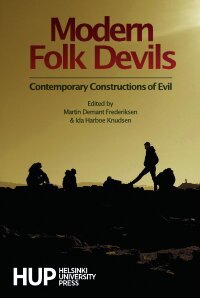Philip Slater
Pursuit of Loneliness: American Culture at the Breaking Point by Slater delves into the complex fabric of modern American society, highlighting the pervasive sense of isolation and disconnection that plagues individuals in today's fast-paced world. Through a meticulous examination of cultural trends and societal norms, Slater unravels the layers of loneliness that have woven themselves into the very fabric of American life. The book offers insightful perspectives on the root causes of this phenomenon, shedding light on the impact of technology, urbanization, and shifting social dynamics. As Slater navigates through the myriad factors contributing to this pervasive loneliness, readers are compelled to reflect on their own relationships and experiences within the context of a society teetering on the edge of a breaking point. Pursuit of Loneliness serves as a poignant reminder of the importance of genuine human connection in an increasingly disconnected world, prompting readers to reevaluate the priorities and values that shape their lives.
Boston. Beacon Press. 1970. 166p.

















